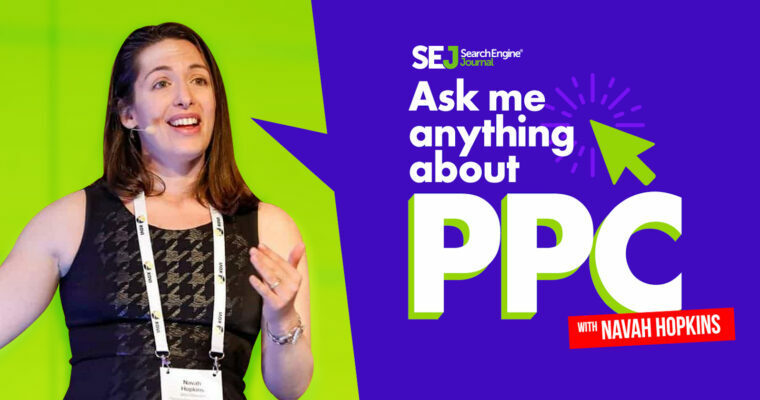When most PPC professionals think about Microsoft Advertising (Bing Ads for the holdouts among us), paid search is the default.
You might remember shopping but too often, the youngest (and in my opinion, the most promising) channel – the Audience Network – is forgotten.
I was thrilled when this question came up for Ask a PPC, likely in relation to all of the updates coming out of Microsoft Advertising in H1 2021):
“How do I get started with Bing’s audience network? It seems like Google Display, but the mechanics seem different. What’s a useful way to think about it and what are realistic goals for campaigns?”
Microsoft Advertising’s Audience Network is a hidden gem in that it has just as much value (and even more in some verticals) as the Google Display Network (GDN) and other programmatic offerings.
Yet most marketers don’t think about it (meaning cheaper auction prices for prime placements).
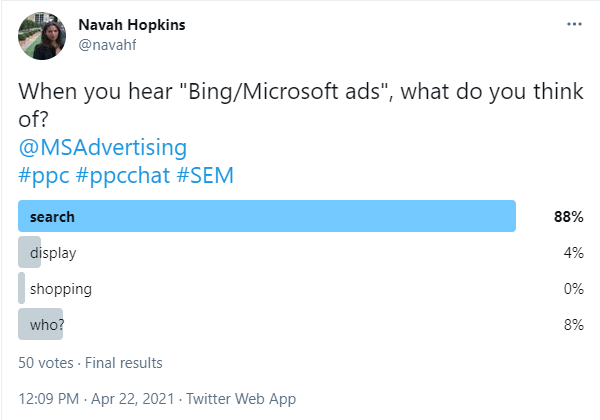
It’s no surprise that paid search is the winner. Microsoft Advertising mirrors Google Ads in most things, and many marketers still think of Google as Search first.
In this post we’ll cover:
- What is the Audience Network?
- How to set up campaigns.
- Strategies to set you up for success.
Important: There has a lot of news around Microsoft Advertising lately (they deserve it!). This post will only cover items relating to the Audience Network.
Additionally, while some strategies/mechanics carry over to their search offering, this post is not intended to be an “all about Microsoft Advertising” post.
If you’re interested in learning more about Microsoft Advertising in general, check out these resources:
- SEM with Microsoft Advertising – Microsoft Advertising.
- Ad insights and your business goals – Microsoft Advertising.
- Webcasts & videos – Microsoft Advertising.
What Is the Audience Network?
The best way to think about the Microsoft Audience Network is if Google Discover campaigns and Facebook had a baby who was far less temperamental about disapprovals.
Placements include Microsoft Outlook, Edge, MSN, other premium sites like CBS Sports, Everyday Health, The Atlantic, Reuters, and many more.
Advertisers are able to craft beautiful ads from their own creative assets or borrowing from Microsoft’s Shutterstock integration.
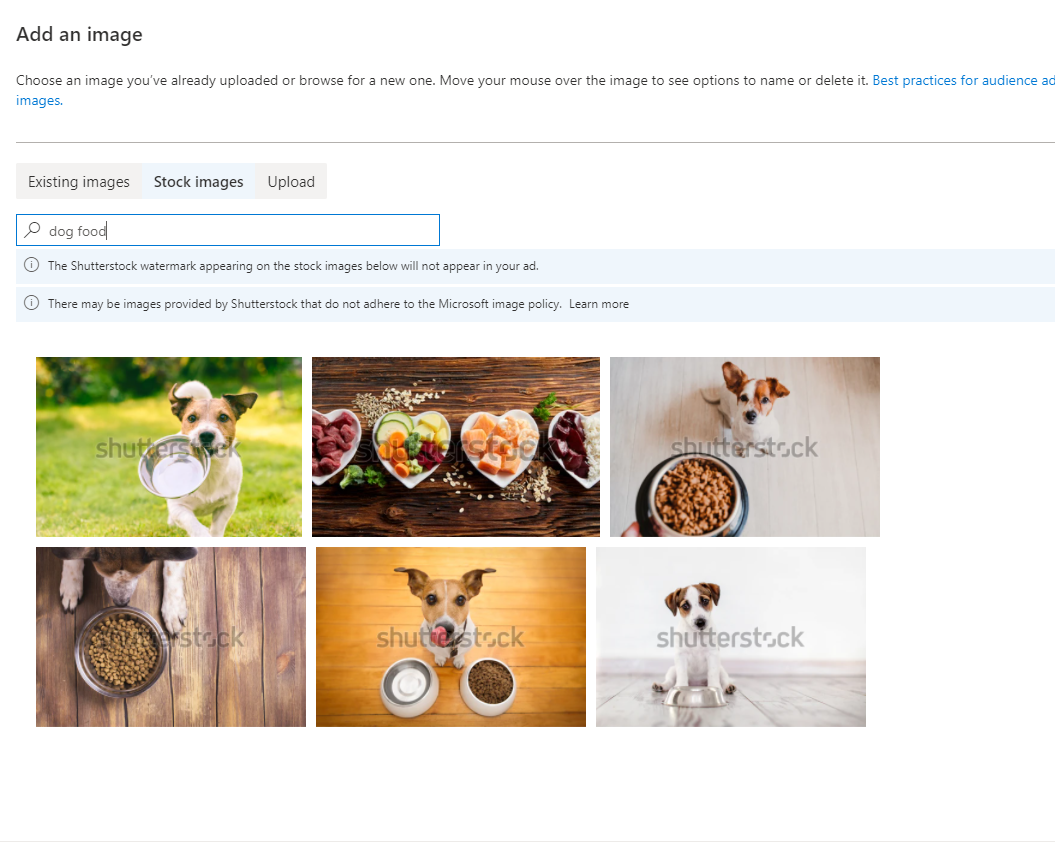
As of this post, Microsoft Audience Network supports video ads (open beta).
Ads can be targeted to:
- Locations.
- Audiences (remarketing, dynamic remarketing, customer match, in-market).
- Demographics (age/gender).
- Industries.
- Companies.
- Job Titles.
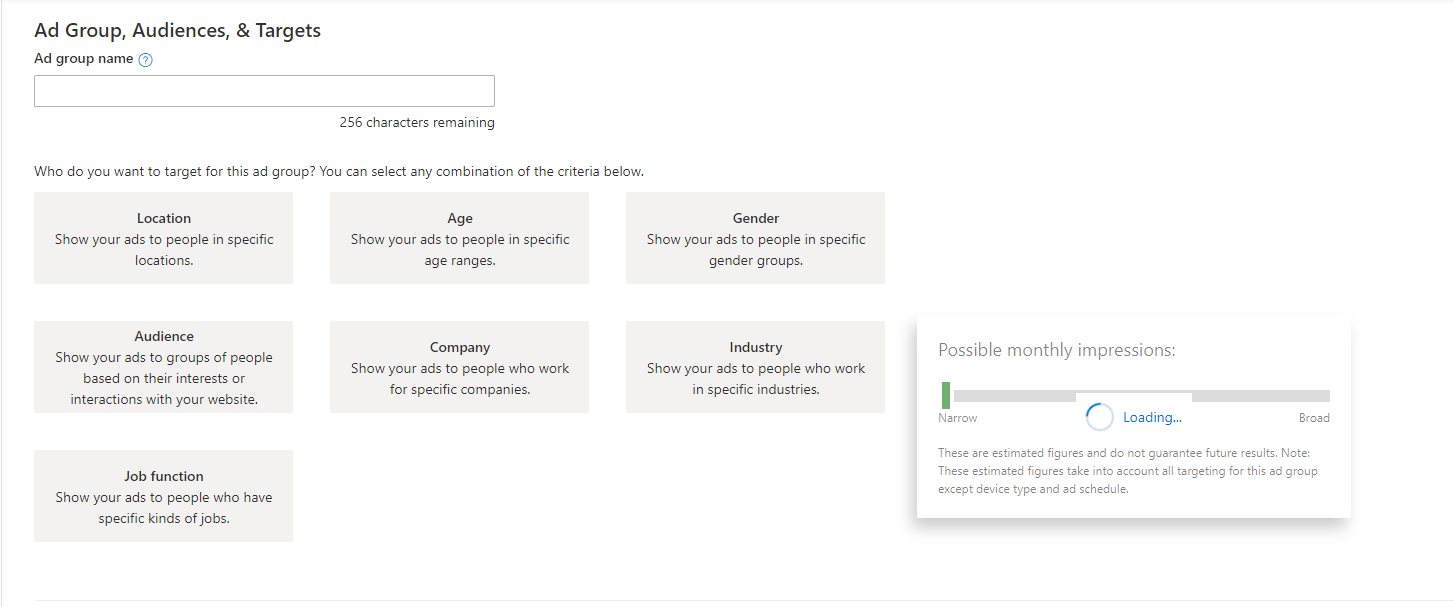
Industries, companies, and job titles come from LinkedIn data and represent a much cheaper way to access the extremely valuable LinkedIn market.
Ads can be:
- Static image: uploaded/chosen in the ad builder.
- Feed-based: pulled from Microsoft Advertising’s Merchant Center.
- Video-based: unloadable in the ad builder.
How to Set up Campaigns?
Excitingly, Microsoft introduced an import from Facebook function.
This means you can take winning structures and strategies from your Facebook campaigns and confidently test this channel.
Facebook import is still in open beta, so you’ll need to request access.
Here are the manual steps:
Step 1: Choose Your Goal and Opt Into the Audience Network
Important note: You cannot have mixed campaigns (no looking out for Search with Display Select).
This also means carving out a separate budget from your paid search campaigns.

Step 2: Name Your Campaign and Set Your Budget
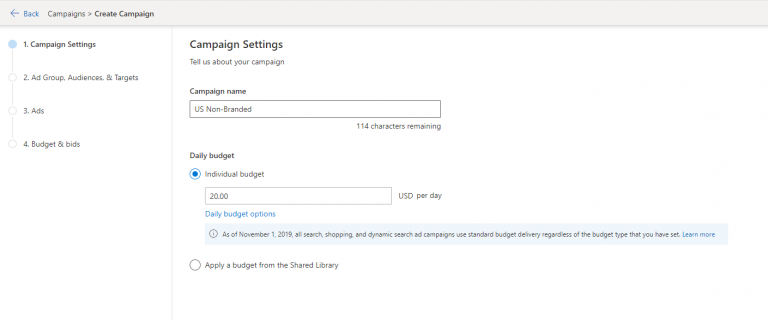
Step 3: Choose Your Targets and Exclusions
Clicking on a targeting option will create the model for you to select your specific targets below.
Note: You can set ad group-specific targets (and if you do a Facebook Import, your ad set targets will get pulled into your ad groups).
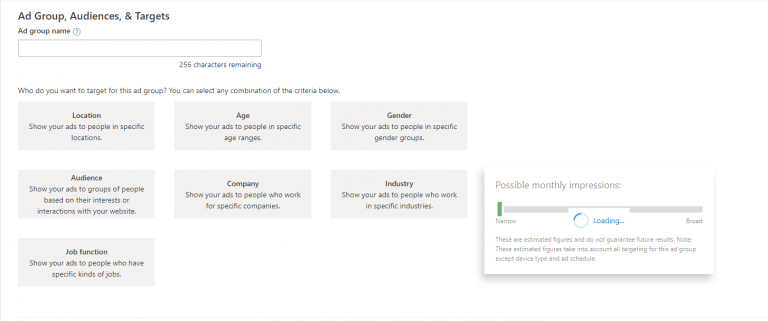
Step 4: Craft Your Ad Copy and Apply Any Relevant Tracking Templates
I strongly recommend you click through each preview of your ad to make sure you’re happy with the formatting.
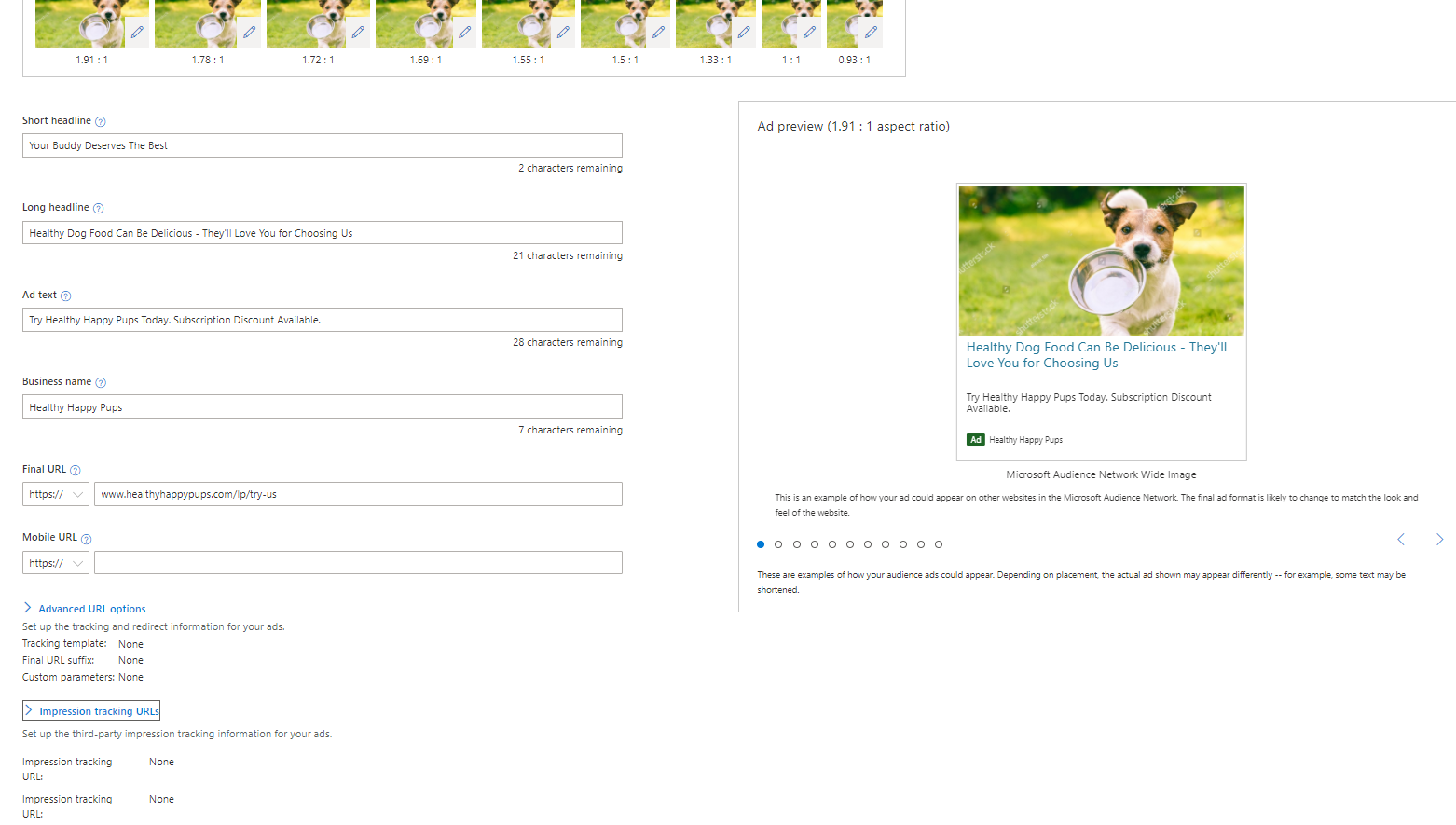
Step 5: Confirm Your Bids/Budget, as Well as Any Bid Adjustments for Your Targets
Note: You cannot edit the specific audiences chosen on this page. If you catch a mistake, you’ll need to go back to that step in the setup.

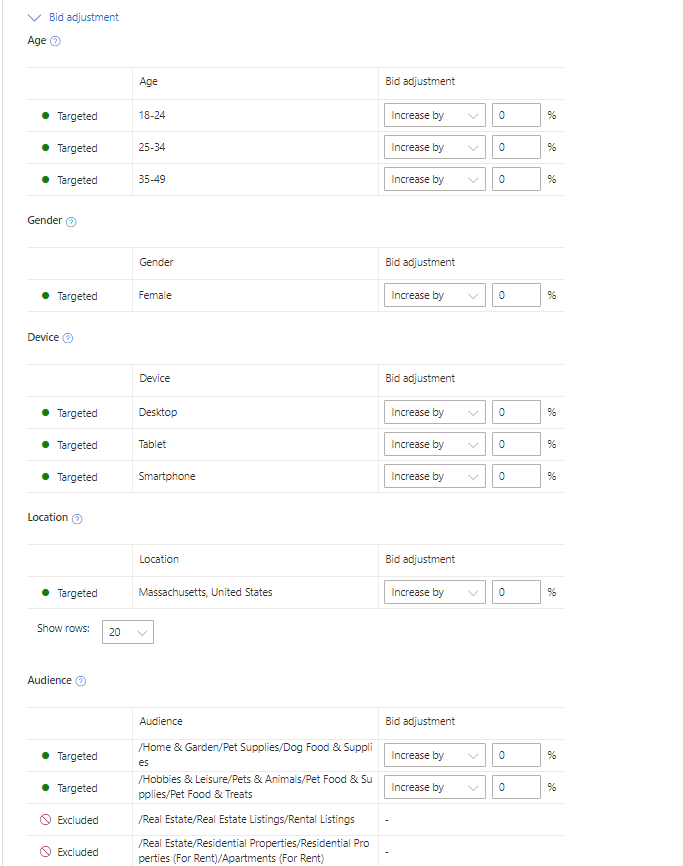
Step 6: Confirm and Launch
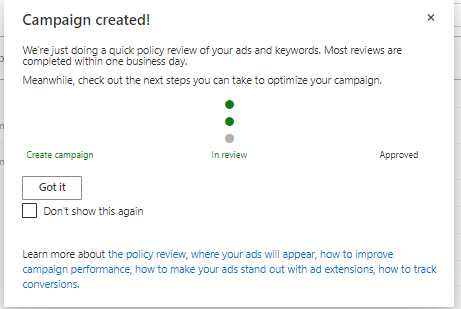
Strategies to Microsoft Ads Audience Network Success
Use the Audience Planner
Advertisers testing out Microsoft’s Advertising Network for the first time should absolutely check out the Audience Planner.
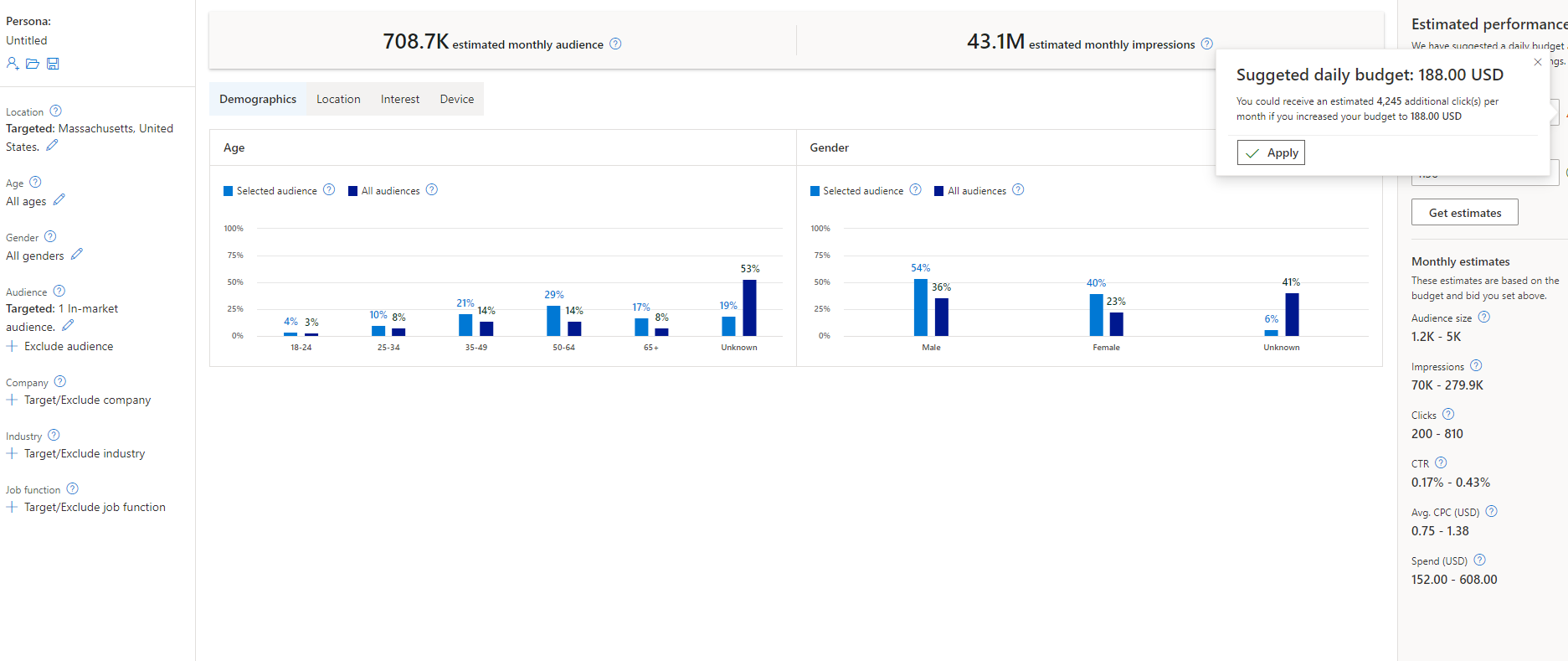
It’s a great tool to give you realistic expectations for how far your budget can go against each audience segment.
It’s also extremely useful in helping clients and employers see what the market potential is for their goods and/or services.
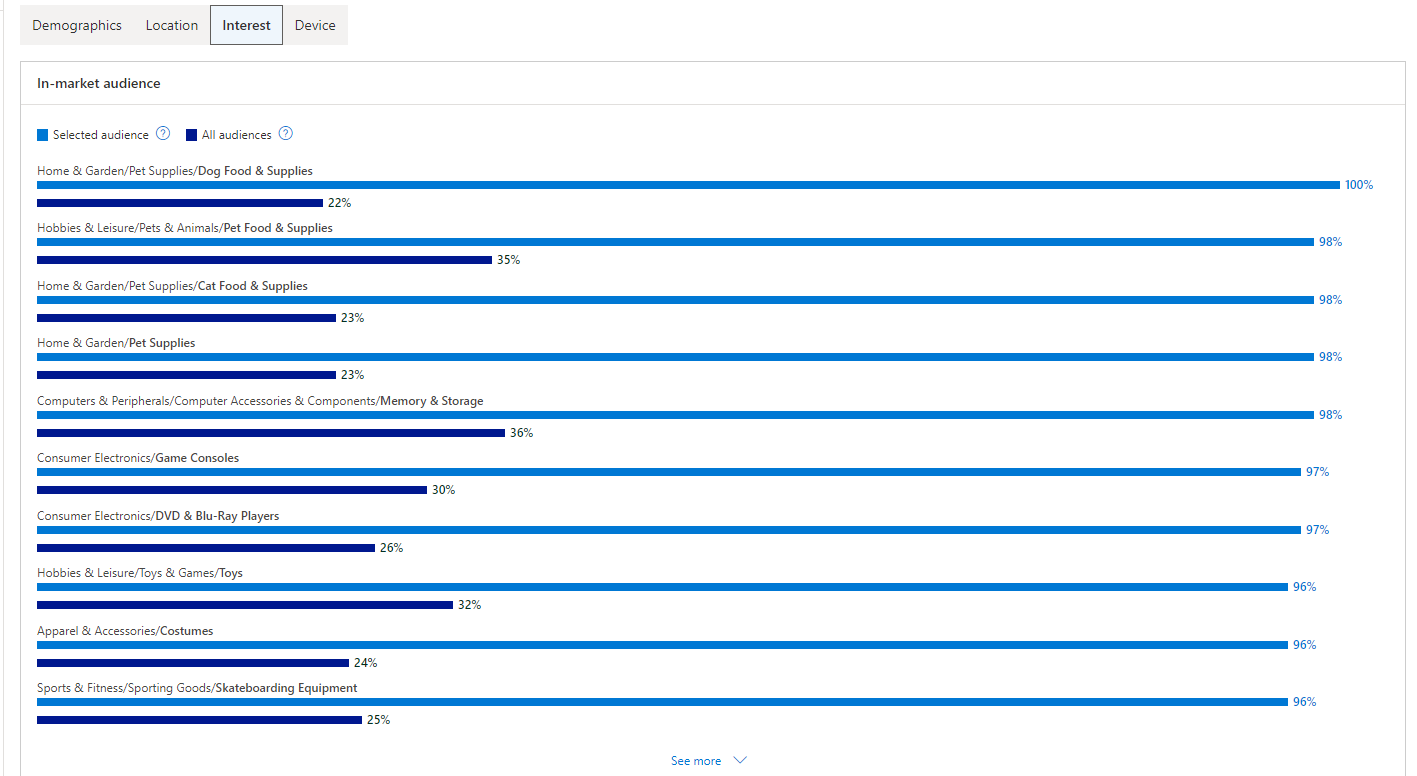
In this example, we’re targeting dog owners and people who would be interested in dog food. Based on these insights, we know between 30%-40% of the overall targetable market is interested in our products.
If the market segment is narrow (less than 10% of the overall market), you might benefit from running an awareness campaign with broader targets, focusing more on exclusions.
Additionally, you might want to exclude people who are likely not going to fit your buyer persona.
For example, if I’m selling dog food, I need to be sure the person has a high likelihood of owning a dog.
Many rental markets prohibit dogs (or pets altogether). I might choose to exclude prospects who are renting/in-market for a new rental.
Leverage Microsoft Specific Mechanics
One of the easiest ways to get started on Microsoft Advertising is through their import functions. Taking winning campaigns and applying them to a new channel is a great way to get buy-in to test.
Sticking with this strategy denies you the Microsoft-specific “bonus” features that can mean the difference between positive and negative ROI.
Ad schedules and location targeting can be designated at the ad group level (a big value add over Google’s targeting).
You might decide to consolidate location/time-oriented campaigns into ad groups. This will allow you to build campaigns based on strategic needs (as opposed to building for the ad platform).
Additionally, since Microsoft allows you to serve ads in the time zone of the user, you won’t need to worry about schedule mechanics.
Finally, Microsoft has exclusive LinkedIn data, which can help B2B and enterprise campaigns achieve more targeted campaigns than the industry data on other networks.
Craft Ads That Make a Promise Your Landing Pages Can Deliver On
Non-text ads tend to get an unfairly bad reputation as “top of funnel” exclusive creative. This is because:
- These ads are great at blitzing cheaply so they’re a natural fit to start the conversation.
- We tend to think only users actively searching for the product/service we offer are in a transactional mindset.
As brands adapt to audience-first digital marketing, these misconceptions begin to fall away.
Good ads that lead to great conversion-oriented experiences will be able to earn customer trust/sales.
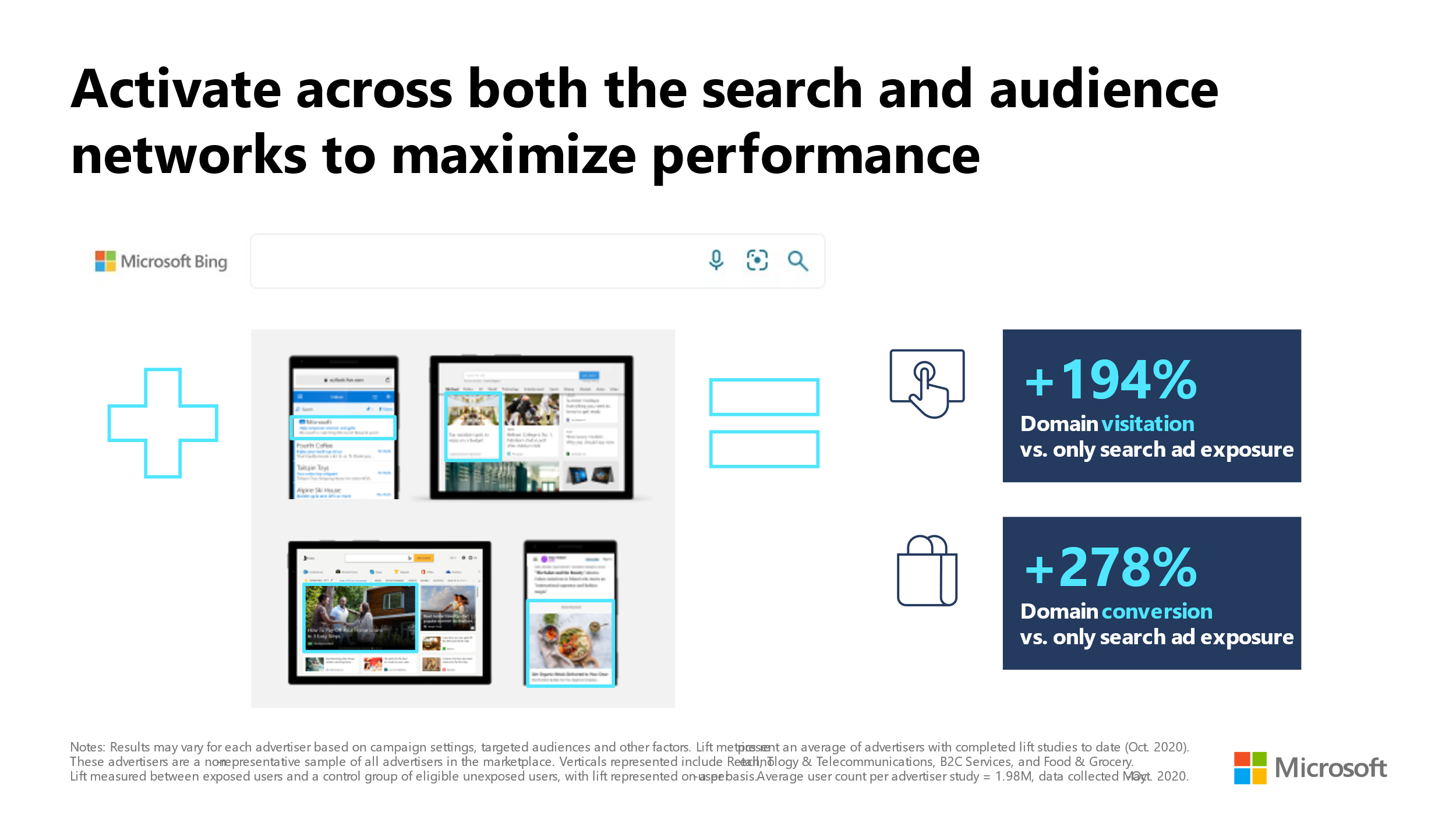
Great ads honor the prospect by talking to them in the way they want to be talked to.
This means adjusting written and visual components for each buyer persona (as well as how those personas might fluctuate in different locations).
Bad landing pages will tank great ads, so be sure your landing pages do the following:
- Include trust symbols like reviews and ratings.
- Deliver exactly what your ad said you would above the fold.
- Load quickly and are easy to navigate.
As our creative evolves, we can begin holding the Audience Network and other visual-oriented channels accountable for sales and awareness.
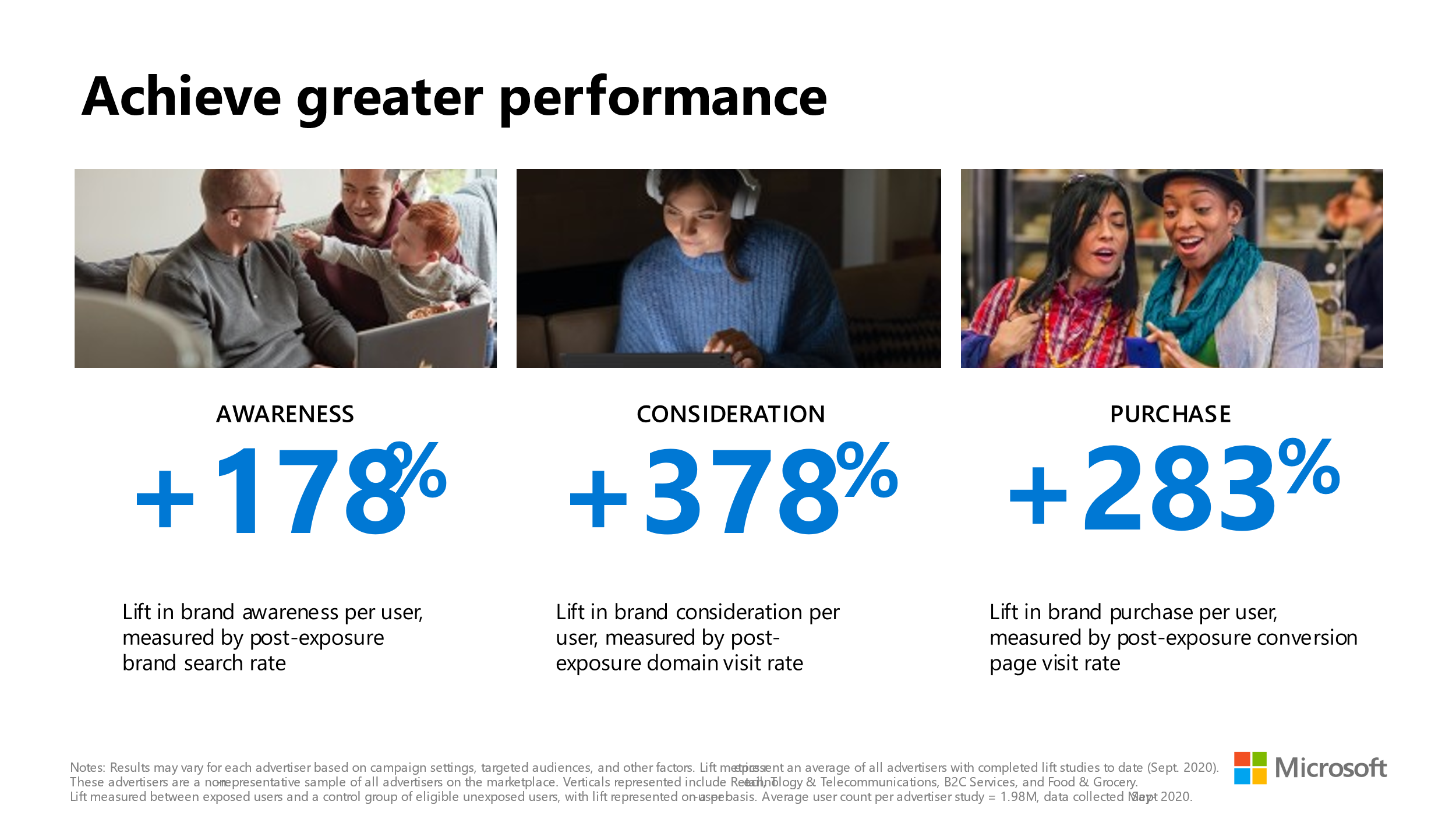
Review Publisher Website Report and Add Exclusions as Needed
As with the Google Display Network, monitoring placement performance on the Microsoft Audience Network is an important part of your ongoing optimization efforts.
- Pull the publisher website report and analyze placement performance data.
- Add exclusions for any placements that are not performing per your KPIs.
Have a question about PPC? Submit via this form or tweet me @navahf with the #AskPPC tag. See you next month!
More Resources:
- Microsoft Ads Rolls Out a Slew of New Features
- Microsoft Advertising Announces Open Beta for New Automotive Ads
- PPC 101: A Complete Guide to PPC Marketing Basics
Image Credits
All screenshots taken by author, May 2021

